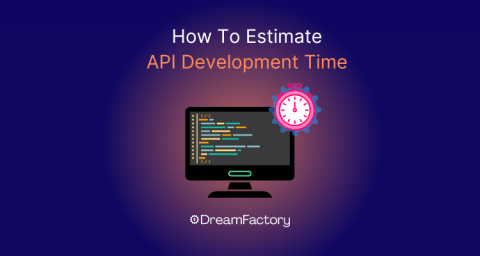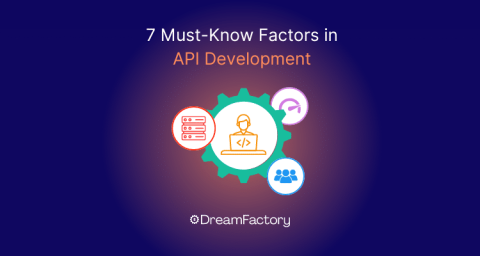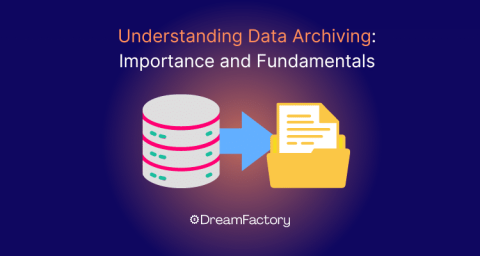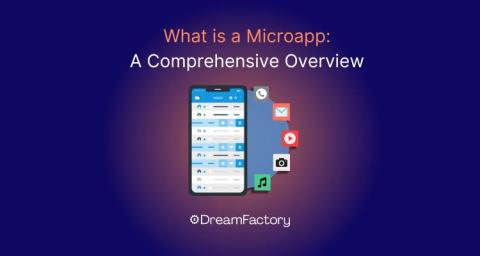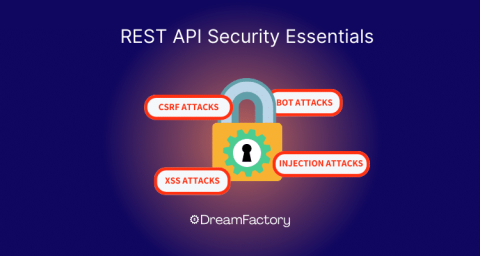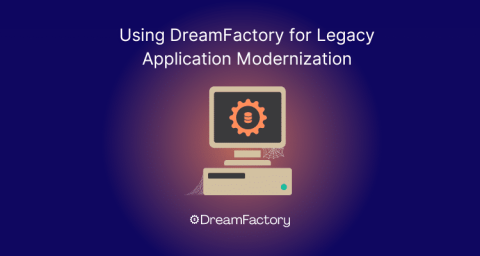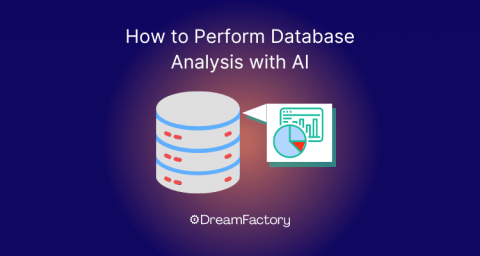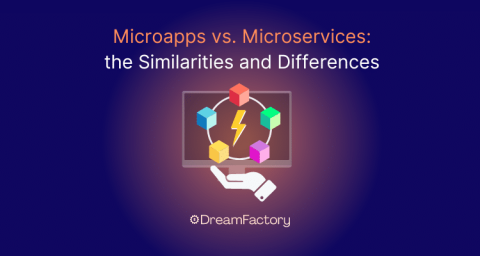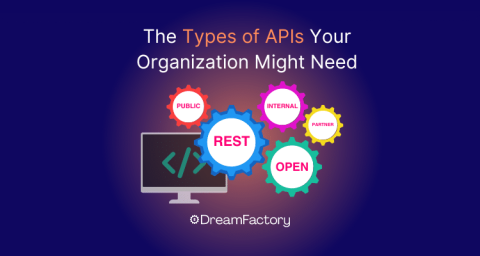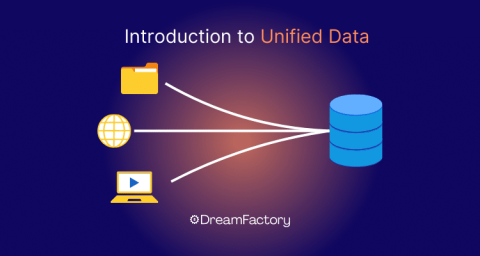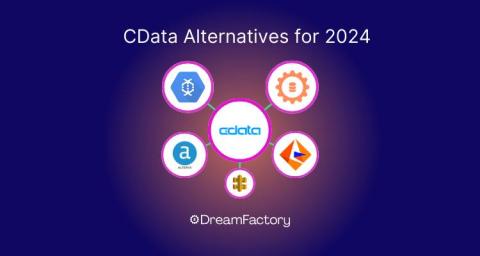How To Estimate API Development Time
Application programming interfaces (APIs) have quickly become vital to modern businesses. APIs work by allowing different systems to talk to each other and share data. The commercial use of APIs and web APIs has skyrocketed over the last decades in accordance with the rise in app development, mobile apps, and e-commerce. However, how do you estimate API development time? Well, API creation and the development time frame will always vary from project to project.


